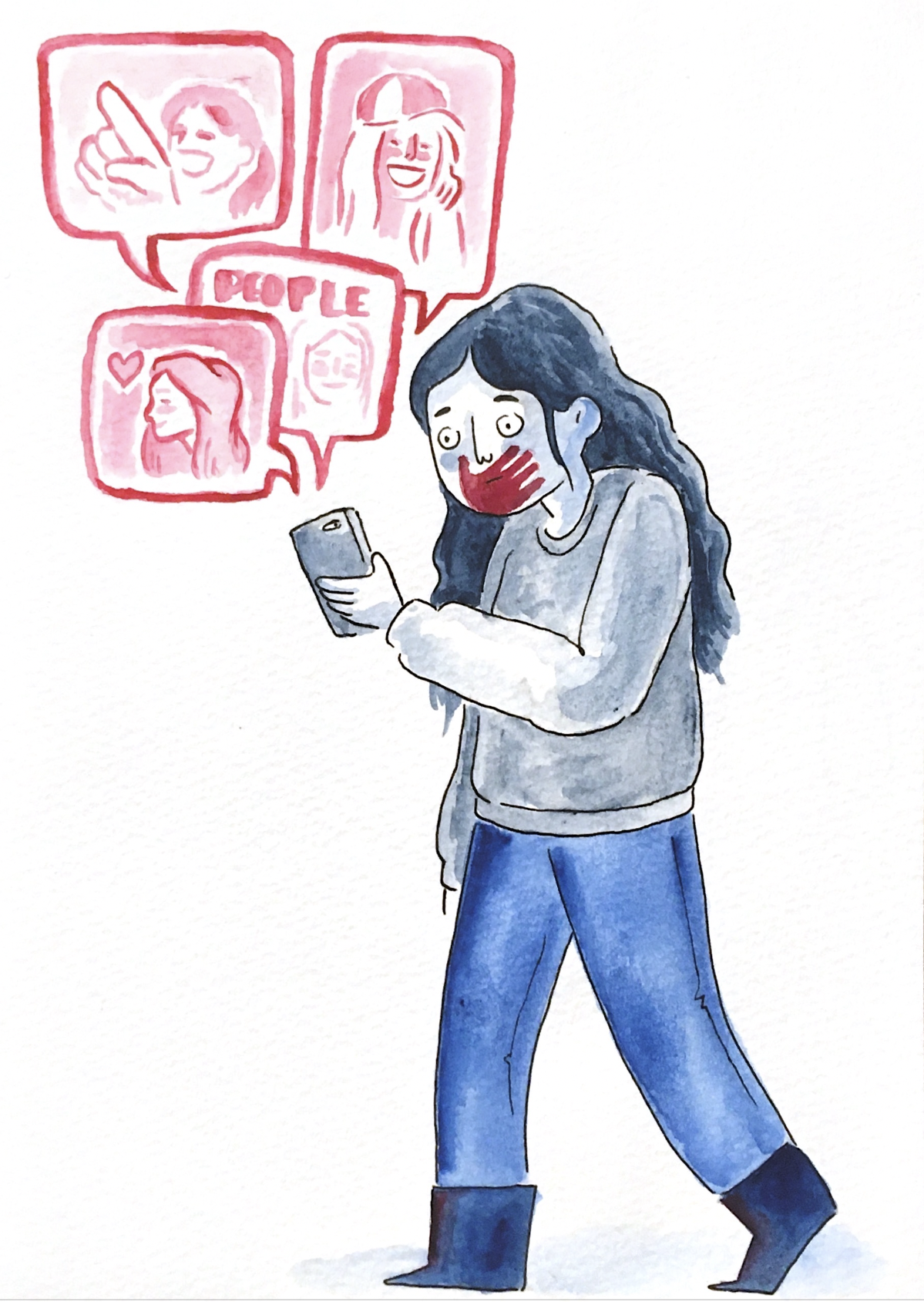
As I scrolled through my Instagram feed one early September day, my screen lit up with posts about a beautiful blonde wanderlust gone missing. Each picture was delicately captioned with a kind message to her family and friends, wishing luck to all those engaged in her search. It was eerily similar to stories I had heard of Indigenous women going missing across the American west. But unlike in their cases, news of this was everywhere. From that moment on, it was abundantly clear: We cared more about this case than we did theirs. I had no idea what it all meant.
That was the day that Gabby Petito’s missing persons case went public. As news of her absence spread across the nation, hordes of people rallied behind the case. At just 22 years old, Petito had become a poster child for the treacherous nature of being female in America. Despite feeling protected by Lewis & Clark’s quiet and safe campus, it made me wonder which of us could be subject to such a devastating fate. The story shook me to the core.
Her boyfriend, Bryan Laundrie, was a person of interest, and they found her sprinter van at his Florida home soon after her disappearance. When her body was discovered in Wyoming later in September, I cannot say I was surprised. News had come out about a domestic dispute between Petito and Laundrie just days before her disappearance, something I have grown accustomed to recognizing as a potentially lethal situation for a woman. I was so thoroughly informed on the case that it was not until recently that I stopped to wonder why.
There is a detail crucial to the Petito case that often goes unreported in attempting to understand why her story was so well-circulated: Petito was a white woman. The color of her skin defined the extent to which society cared about her disappearance, influencing everything from the amount of media coverage her case received to the light in which her character was portrayed.
Growing up in rural Montana less than 50 miles from the Crow Indian Reservation, I had become accustomed to hearing about the epidemic of Missing and Murdered Indigenous Women and Children (MMIWC). Almost monthly, I would see a post or two circulating through my social media feed about yet another “stolen sister.” However, unlike Petito’s case, there was never more than a nod to the situation from politically active Instagram accounts or Indigenous folks themselves. Despite some significant efforts from journalists, organizers, BIPOC and allies, the public continuously neglects to advocate for Indigenous lives the way it does for white women.
According to Wyoming’s MMIWC Task Force, more than 710 Indigenous women have been reported missing since 2011, and these are just the cases for which a formal report was filed. Of these, 57% were female and 85% were children. In Montana, according to a Justice Department report from May 2020, Indigenous women are four times more likely to go missing than white women.
So why are our Instagram feeds not brimming with childhood pictures of the Indigenous women and children who go missing every day? The answer is simple: We exist in a society where the comfort of white people is prioritized over the safety of people of color. Talking about the racial factors playing into the disappearance of Indigenous folks is uncomfortable, so we do not. In discovering the Petito case, we all came down with a case of Missing White Woman Syndrome, amplifying her story over those of Indigenous folks.
As a white woman, it sickens me to know that if I were to disappear tomorrow, the media would likely swarm my case like they did Petito’s. My heart aches for the Indigenous women and children who are not as safe as me; for those who have lost a sister or child; for those fearful of leaving their homes. In a country built on the brutal treatment of the Indigenous communities here before us, we should be ashamed.
As members of LC’s social justice-driven, yet predominantly white student body, it is our responsibility to speak out against all injustices, not just those we find most digestible. We must work to amplify Native voices and reallocate resources back into Indigenous communities. As students, that could mean signing petitions, volunteering for and contributing to Indigenous-lead nonprofits, being loud about inequities and, most importantly, having difficult conversations in order to put our privilege in check.
Indigenous women and children deserve the energy we so willingly give to white women. They deserve better.
Subscribe to the Mossy Log Newsletter
Stay up to date with the goings-on at Lewis & Clark! Get the top stories or your favorite section delivered to your inbox whenever we release a new issue.

Leave a Reply